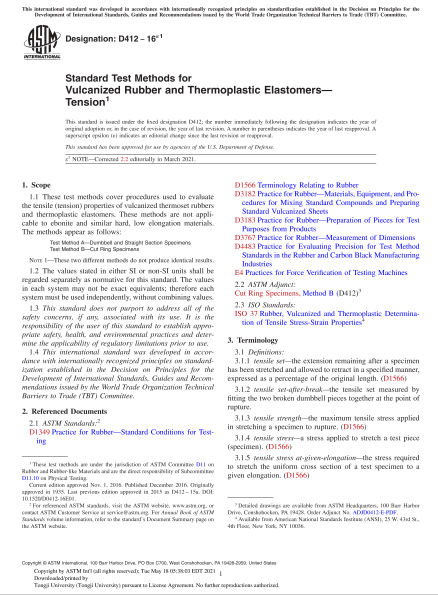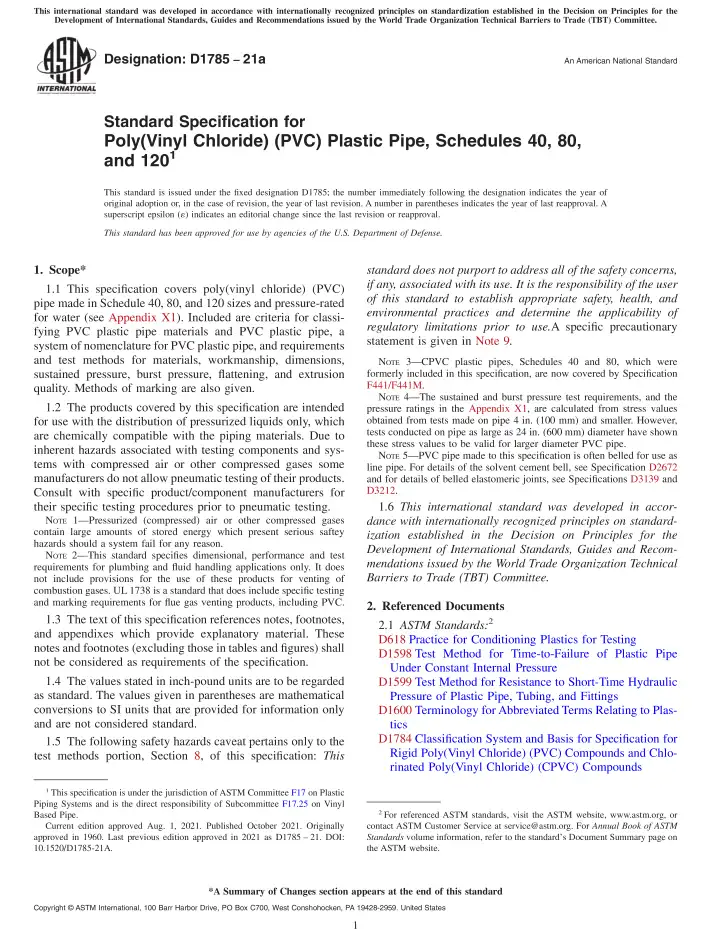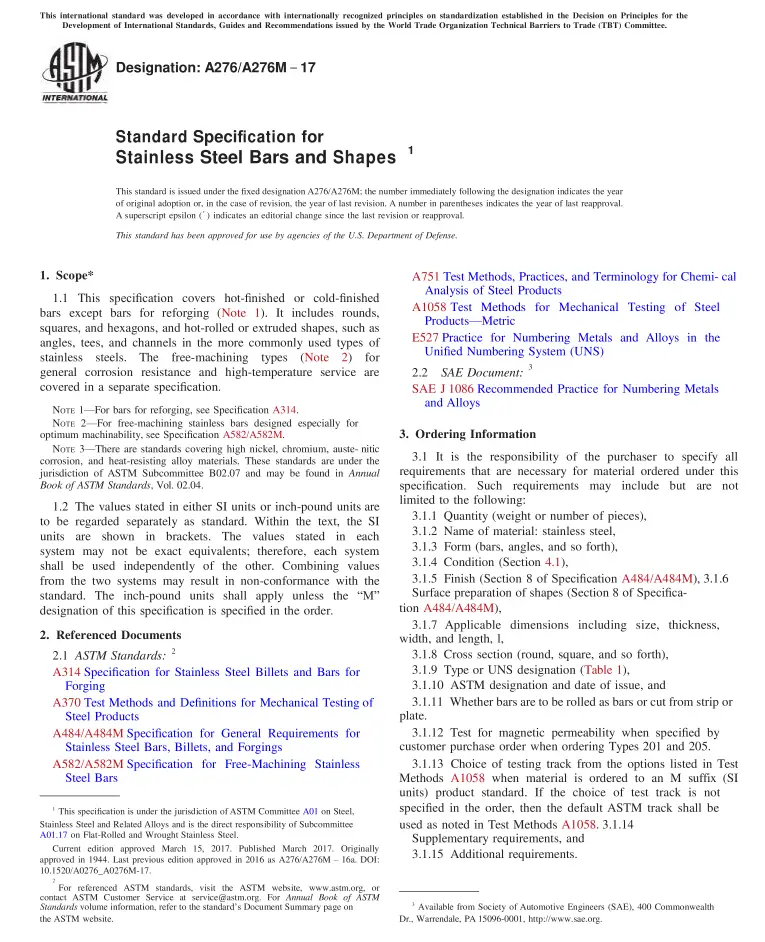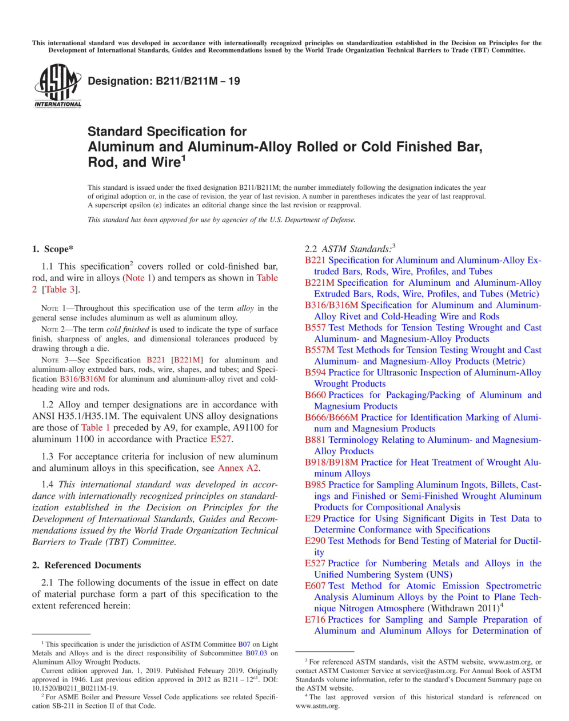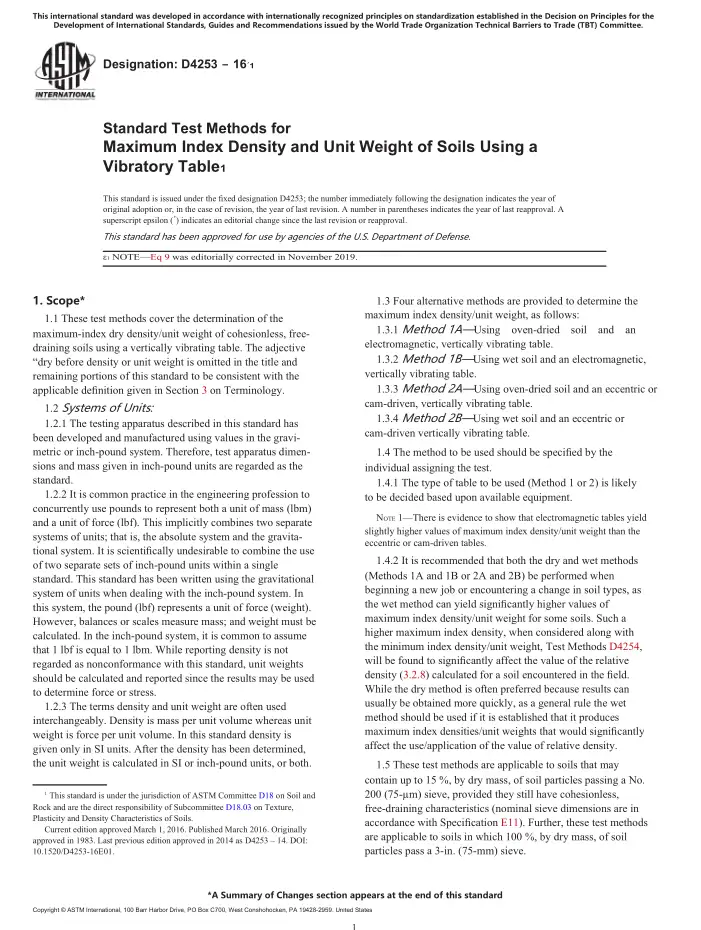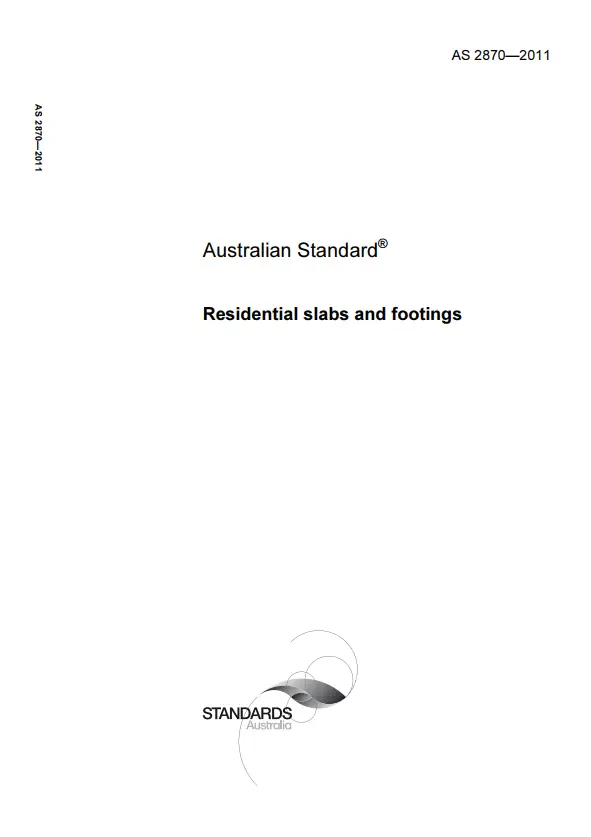ASTM D412, 2016 Edition – Standard Test Methods for Vulcanized Rubber and Thermoplastic Elastomers—Tension
These test methods cover procedures used to evaluate the tensile (tension) properties of vulcanized thermoset rubbers and thermoplastic elastomers. These methods are not applicable to ebonite and similar hard, low elongation materials. The methods appear as follows:
Test Method A—Dumbbell and Straight Section Specimens
Test Method B—Cut Ring Specimens
NOTE 1—These two different methods do not produce identical results.
The values stated in either SI or non-SI units shall be regarded separately as normative for this standard. The values in each system may not be exact equivalents; therefore each system must be used independently, without combining values.
This standard does not purport to address all of the safety concerns, if any, associated with its use. It is the responsibility of the user of this standard to establish appropriate safety, health, and environmental practices and determine the applicability of regulatory limitations prior to use.
General Product Information:
| Revision | 2016 Edition |
| Document Type | |
| Document Language | English |
| Pages | 14 |
| Publisher | ASTM International (ASTM) |
| Status | Current |

